Electrophoresis
(Science: technique) separation of ionic molecules, (principally proteins) by the differential migration through a gel according to the size and ionic charge of the molecules in an electrical field. High resolution techniques normally use a gel support for the fluid phase.
Examples of gels used are starch, acrylamide, agarose or mixtures of acrylamide and agarose. Frictional resistance produced by the support causes size, rather than charge alone, to become the major determinant of separation.
Smaller molecules with a more negative charge will travel faster and further through the gel toward the anode of an electrophoretic cell when high voltage is applied. Similar molecules will group on the gel. They may be visualised by staining and quantitated, in relative terms, using densitometers which continuously monitor the photometric density of the resulting stain.
The electrolyte may be continuous (a single buffer) or discontinuous, where a sample is stacked by means of a buffer discontinuity, before it enters the running gel/ running buffer. The gel may be a single concentration or gradient in which pore size decreases with migration distance.
in sds gel electrophoresis of proteins or electrophoresis of polynucleotides, mobility depends primarily on size and is used to determined molecular weight. In pulse field electrophoresis, two fields are applied alternately at right angles to each other to minimise diffusion mediated spread of large linear polymers.
See: electrofocussing, pulse field electrophoresis
Dictionary > Electrophoresis
You will also like...
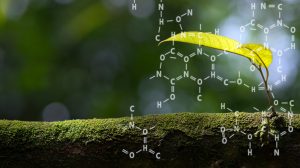
Effect of Chemicals on Growth & Development in Organisms
Plants and animals need elements, such as nitrogen, phosphorus, potassium, and magnesium for proper growth and developme..

Adaptation Tutorial
Adaptation, in biology and ecology, refers to the process or trait through which organisms or the populations in a habit..
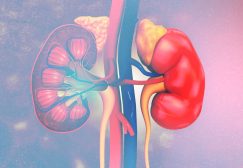
Kidneys and Regulation of Water and Inorganic Ions
The kidneys are responsible for the regulation of water and inorganic ions. Read this tutorial to learn about the differ..
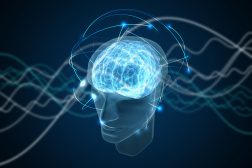
Consciousness and Behavior
Human consciousness and behavior are an interesting topic since they are determined and controlled by the brain. Conscio..
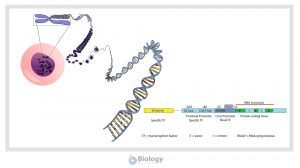
Gene Regulation in Eukaryotes
Learn about the general structure of a eukaryotic gene, the transcription factors, and post-transcriptional regulation....
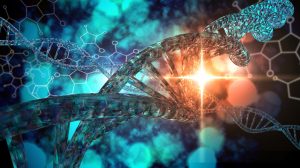
Evolution of Life – Ancient Earth
Autotrophs flourished, absorbing carbon and light. Soon after, primitive life forms that could assimilate oxygen thrived..

